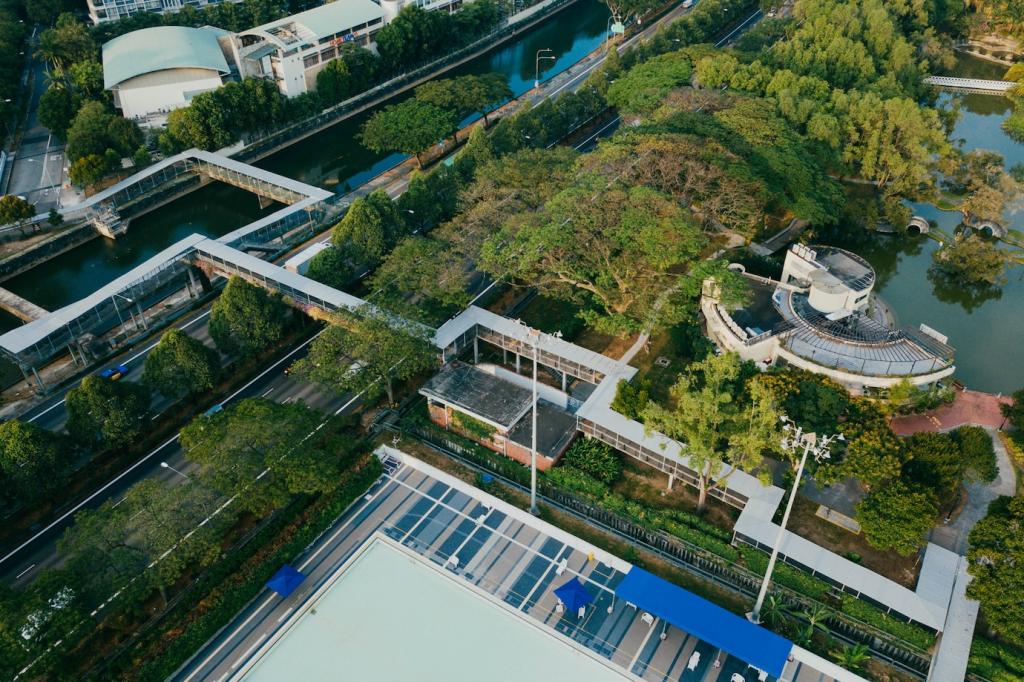This website uses cookies so that we can provide you with the best user experience possible. Cookie information is stored in your browser and performs functions such as recognising you when you return to our website and helping our team to understand which sections of the website you find most interesting and useful.
Composting Methods in Urban Green Spaces
Composting within urban green spaces has become an essential practice for building sustainable cities and enhancing environmental resilience. As city populations swell and green spaces such as parks, rooftop gardens, and community plots become vital urban lungs, effective organic waste management is a critical concern. Composting offers a way to transform organic waste into valuable, nutrient-rich soil amendments directly within these compact environments, supporting local food production and beautifying urban landscapes. This page explores a range of composting methods adapted for urban contexts, discussing their unique benefits, practical challenges, and the ways they can be incorporated into city life for a greener, more sustainable future.

Open Pile Composting

Enclosed Bin Composting

Community-Engaged Composting Initiatives
Bokashi Composting Techniques in Small Spaces


